THE SUSAN HERBST YEARS
2011"“2019
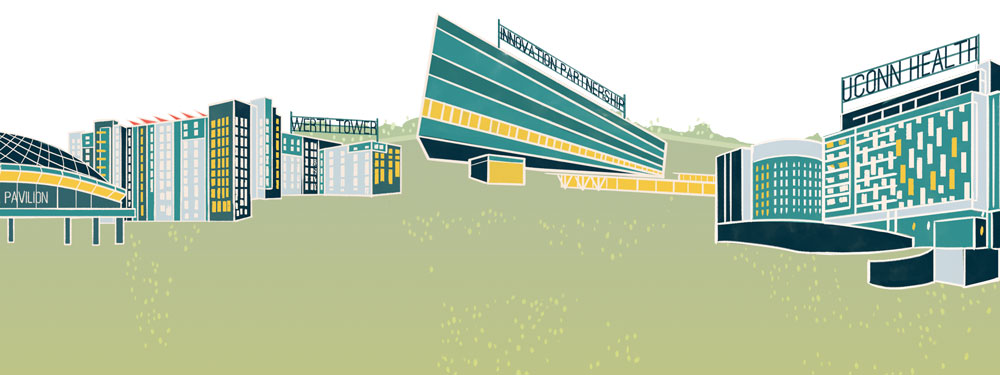
THE SUSAN HERBST YEARS
2011"“2019

Eight years ago, newly inaugurated President Susan Herbst stepped to the lectern in the Jorgensen Center for the Performing Arts, introducing herself to the community with a clear vision for UConn as an institution with a storied history and a limitless future.
As Herbst prepares to complete her presidency later this year, her legacy is already evident across all our campuses — not only in UConn's stellar academic ascent but also in the development of its cutting-edge research, modern campus amenities, and economic contributions to the state of Connecticut.
"The immense power of UConn is in our astounding breadth," Herbst said at her inauguration as UConn's 15th president. "We learn from brilliant researchers and instructors, from our outstanding scientists, writers, historians, engineers, physicians, dentists, artists, attorneys, and musicians.
"We learn from the leaders of our student organizations and the excellence of our student-athletes, as well as from the coaches who inspire that incredible discipline ... By appreciating the love of learning, the life of the mind, and the natural history of this beautiful countryside, our students will value their university, their state, their nation, and their world," she said.
Herbst has set a strong foundation on which UConn's 16th president and coming generations of its students, faculty and staff, alumni, and others can build.
"Being able to lead this outstanding institution has been one of the great honors and privileges of my life," said Herbst in a message to the UConn community. "These have been exciting and rewarding years. UConn has risen in the rankings and grown academically as we embarked on transformational new initiatives, formed vital partnerships, addressed long-standing needs, planned carefully for the future, and made difficult but necessary decisions.
"Despite financial struggles because of the state budget, together we have become a stronger, better university," she said. "UConn is among the finest research universities in the United States and the pride of the state of Connecticut — as it should be."
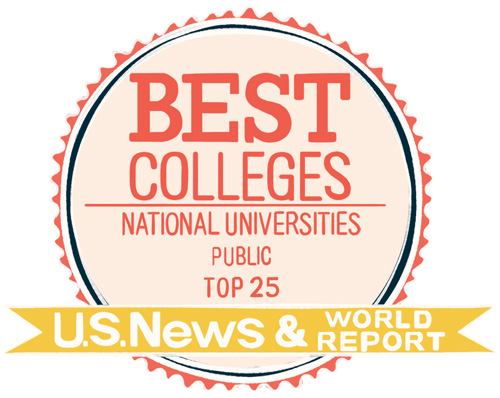
Hundreds of new tenured or tenure-track faculty were hired,
enhancing course offerings & research opportunities.
Annual impact of UConn on Connecticut economy:
$3.4 billion
Emerging disciplines
like genomics, additive manufacturing, and brain science expand; core humanities and social sciences strengthen.
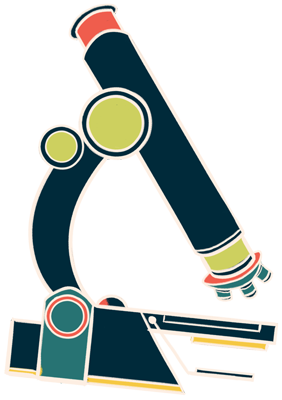
Herbst was named UConn's 15th president on December 20, 2010, and is the first female to hold the position since the school was founded in 1881. As president, Herbst hired hundreds of highly accomplished faculty — above and beyond filling vacancies — to significantly enhance course offerings and the University's research capability. She led the implementation of Bioscience Connecticut and Next Generation Connecticut, major investments that continue to transform UConn.
Bioscience Connecticut, an $864 million initiative at UConn Health, allowed for expanded enrollment in the medical and dental schools, building new space for business incubators, creating centers of excellence with neighboring institutions, and more. The initiative included building a new world-class hospital tower, an outpatient ambulatory care center, and parking garages. Existing facilities underwent major renovations, making room for updated infrastructure, state-of-the-art research laboratories, business incubators, and modern educational spaces. Bioscience Connecticut was critical to attracting The Jackson Laboratory to create a billion-dollar personalized medicine laboratory on the UConn Health campus as part of a University partnership approved in 2012.
Freshman applications to attend UConn in 2010:
23,278
Freshman applications to attend UConn in 2018:
38,000+
Number of undergraduates enrolled in 2010:
21,881
Number of undergraduates enrolled in 2018:
23,978
Next Generation Connecticut, valued at more than $1.5 billion in investments, has expanded educational opportunities, research, and innovation in the STEM (science, technology, engineering, and math) disciplines, as well as added new faculty in the humanities. NextGen funded the Peter J. Werth Residence Tower, the Engineering and Science Building, massive infrastructure improvements, Gant Science Complex renovations, and other projects.
Herbst worked to stabilize UConn Health's fiscal condition and championed the opening of the Innovation Partnership Building to foster cutting-edge research and industry collaboration. She also shepherded the move from UConn's suburban West Hartford campus to downtown Hartford and the establishment of student housing at UConn Stamford.
From 2010 to 2018, freshman applications skyrocketed from 23,278 to more than 38,000, and average SAT scores for Storrs freshmen climbed from 1221 to 1306. In 2018 the number of Storrs freshmen from minority backgrounds hit 40 percent.
Freshman applications to attend UConn in 2010:
23,278
Freshman applications to attend UConn in 2018:
38,000+
Number of undergraduates enrolled in 2010:
21,881
Number of undergraduates enrolled in 2018:
23,978
Next Generation Connecticut, valued at more than $1.5 billion in investments, has expanded educational opportunities, research, and innovation in the STEM (science, technology, engineering, and math) disciplines, as well as added new faculty in the humanities. NextGen funded the Peter J. Werth Residence Tower, the Engineering and Science Building, massive infrastructure improvements, Gant Science Complex renovations, and other projects.
Herbst worked to stabilize UConn Health's fiscal condition and championed the opening of the Innovation Partnership Building to foster cutting-edge research and industry collaboration. She also shepherded the move from UConn's suburban West Hartford campus to downtown Hartford and the establishment of student housing at UConn Stamford.
From 2010 to 2018, freshman applications skyrocketed from 23,278 to more than 38,000, and average SAT scores for Storrs freshmen climbed from 1221 to 1306. In 2018 the number of Storrs freshmen from minority backgrounds hit 40 percent.
Herbst's time at UConn also has included a strong focus on affordability and providing an exceptional student experience on its campuses. With strong support from the undergraduate student body, for instance, Herbst initiated the construction of a $100 million student recreation facility that will open next year. And she recommended elimination of several student fees at UConn, reducing costs for about 10,000 UConn students.
She led the successful effort to combine the old UConn Alumni Association with the UConn Foundation, creating a single nonprofit entity to oversee both philanthropy and alumni relations. In 2018, the Foundation raised the most in its history, and the endowment, which was $272 million in 2010, had climbed to $448 million.
$82.45 million:
UConn Foundation fundraising for 2018 — highest in its 54-year history.
In 2010, the University endowment sat at $272 million.
It is now more than $448 million.

The School of Engineering
increased its enrollment 57% during Herbst's tenure;
the number of enrolled female students more than doubled.
Students cheer as new
$100 million student recreation facility
nears completion.
40% of the 2018 freshman class at Storrs
comes from minority backgrounds — and that does not include international students.
Lawrence D. McHugh, Board of Trustees chairman from 2009 through 2017, worked closely with Herbst throughout her tenure and said that hiring her was one of the Board's most important and far-reaching decisions.
"Her contributions have been powerful and lasting," he said. "She led the place with a fierce determination to drive UConn higher and higher academically, to expand the faculty, focus on student success, build outstanding facilities, and to do all she could to ensure UConn grew and thrived. She remade the administration and set the university on a new path to success.

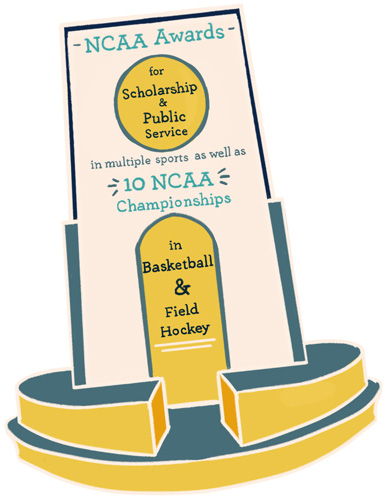
"The University of Connecticut is a much better institution today than it was the day she arrived, and the bonds with our alumni have never been stronger. She will be missed — and a tough act to follow."
Herbst began her career as a professor at Northwestern University and was on the faculty from 1989 until 2003, when she became Dean of the College of Liberal Arts at Temple University. She went on to become Provost at SUNY-Albany, and later Executive Vice Chancellor & Chief Academic Officer for The University System of Georgia, before coming to UConn.
UConn is graduating
28% more students now
than when Herbst arrived.
Most of those graduates go on to
work & live
in Connecticut.

She is a scholar of public opinion, media, and American politics and the author of four books and numerous articles in these fields. When she was appointed to be the president at UConn, she was simultaneously appointed as a professor of political science. She will return to teaching and scholarly activities as a faculty member at UConn Stamford.
"Stepping down was not an easy decision for me by any means," Herbst said. "But a university is forever, and each of us knows that we are only its temporary caretakers and champions. None of us is indispensable and the right
time for a change always arrives eventually."
—Stephanie reitz
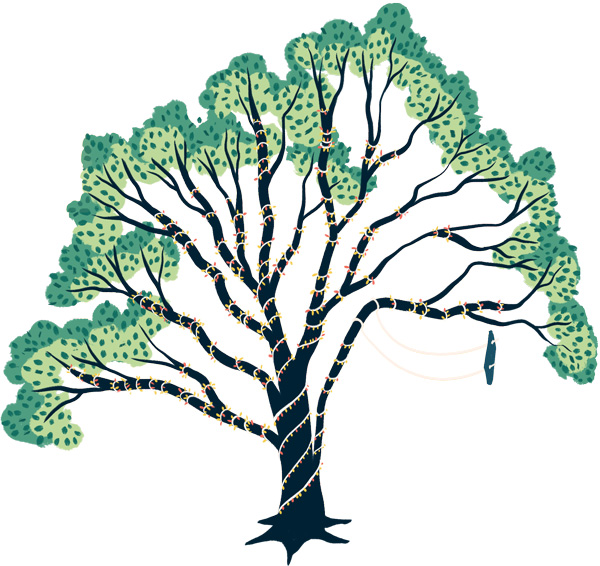
Average SAT
score for Storrs freshmen
in 2010: 1221
in 2018: 1306
High school
valedictorians & salutatorians
who chose UConn
in 2010: 110
in 2018: 175
Storrs freshmen who graduated in
top 10%
of their high school class
in 2010: 44%
in 2018: 50%
100+ research institutes and 2,007 full-time research faculty

Thanks Susan